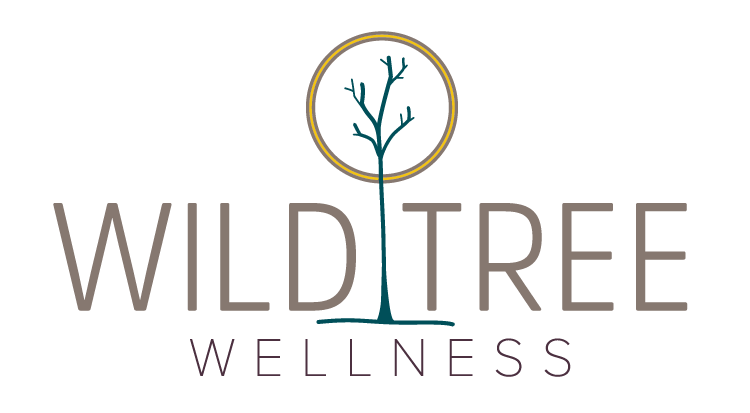Listening as an Ingredient for Growing Intimacy
True listening
I often find myself teaching my clients, especially couples, what true listening is. Trouble in relationships often starts when couples don’t take the time to truly listen to each other.
It’s understandable, however, why most of us don’t know what listening is and how to engage in the process. Quite likely, we grew up in a family where we were never truly heard, so we didn’t learn how to listen there. It’s rarely taught in schools. Chances are, we didn’t learn it from friends, either. Consequently, many of us go through life not only without role models who showed us how to listen, but we have often had the experience of speaking and not really being heard. But listening is so essential, especially to close relationships. Through true listening, we validate each other’s worth, we grow more intimate and we can heal damaged relationships.
How to listen
If we break the process of true listening down into steps it makes it easier to learn.
1. Ensure that you’re in a mind frame and location to listen to someone. If not, gently tell the speaker that you value their relationship, but now isn’t a good time to talk, and then make an agreement when good time would be, and stick to it
2. Once readiness is established, slow down, clear the mind and be present to the person speaking.
3. Direct your attention to the speaker. Make eye contact. That means reduce distractions: turn off screens, refrain from eating or drinking, and avoid interacting with others not party to the conversation (including children). True listening cannot occur when multi-tasking.
4. Put yourself into an emotionally receptive state. This shows that you care, that you value the person speaking. True listening is not verbally “parroting back” the other’s words. It is a full body experience. A person who is listening can actually feel the other person’s emotions through their words. This involves establishing an empathic connection. According to the renowned psychologist and communication expert Marshall Rosenberg, an “empathetic connection is the understanding of the heart in which we see the beauty in the other person.”*
Obstacles to True Listening
Becoming aware of the ways we sabotage true listening is a part of the overall process. Here is a list of some of the obstacles that create interference and block progress.
1. Too much thinking. Rosenberg claims that if you are mentally trying to figure the other person out, you are not being fully present with them. In his approach, being in one’s heart is essential.
2. Too much judgement. Turning our tendency to judge off – or at least down – will help the speaker feel less defensive. Remember the old saying “don’t judge another until you walk a mile in their shoes”? The antidote to judgment, as mentioned above, is empathy.
3. Become aware of our own biases. If you presume you already know what the speaker is going to say, you are unconsciously listening through the lenses of your own opinions. In turn, the other person is being heavily filtered by your own preconceptions. Under these conditions, they are not being heard.
Research demonstrates that this type of “selective listening” is heavily shaped by the confirmation bias. This is the human tendency to project our own biases onto others and to resist changing them even in light of new evidence. Interpersonally, that could manifest in hearing only the words that confirm one’s presuppositions about the other and ignoring their words that disconfirm those biases. That in turn, becomes a major block to growing intimacy and healing damaged relationships. No one can change and grow under those conditions. True listening involves a profound recognition and acceptance that others, including those closest to us, are distinct from us and our beliefs.
4. Become aware of the delimiting beliefs and biases of others. When we are able to differentiate ourselves from the opinions, beliefs and experiences of others, we are less likely to engage in knee-jerk reactions, such as defending one’s beliefs, compulsive arguing or “playing devil’s advocate” towards the speaker.
Benefits of being heard
1. If you are truly listening, be prepared to learn something new from the person speaking! True listening opens the door to hope and possibility.
2. True listening creates a “safe container” for the speaker. They can risk sharing deeper parts of themselves without feeling that they are going to be judged or ignored. That alone can be healing!
3. Being truly heard is a confirmation of one’s worth, especially when the person speaking is a loved one or an intimate partner and their empathic listening is being felt by the speaker. Not surprising that true listening generates positive emotions that can be felt by both parties to the conversation. Some report that the feelings are blissful!
True listening is an essential ingredient for building intimacy. The genuineness of it, the depth of contact it enables, the ability to meet another without interference or defensiveness opens the door to growth and healing.
Written by Julie Schmit, LMFT
*Rosenberg, M. (2005), Speak peace in a world of conflict: what you say next will change your world. Encinitas, CA: Puddle Dancer Press, p. 80.
©2020 Julie Schmit, LMFT, Jumpstart Counseling Studio, PLLC
Photo credit: Jack Sparrow from Pexels
